(CLO) China will deploy a robot to the far side of the Moon next year to search for frozen water, a resource that could aid future lunar exploration missions.
Wu Weiren, chief designer of the China Lunar Exploration Project, said that deep caves at the moon's south pole may contain frozen water and the flying robot will conduct detailed surveys in these areas.
Chinese space experts hope the discovery of ice could open up the possibility of sustaining life on the Moon and reduce the cost of space missions, and could also be a clue to the existence of extraterrestrial life.
Some experts warn that while the discovery of water on the Moon opens up opportunities for future exploration, more needs to be learned about the nature and quantity of the water before it can be used for activities such as farming or providing drinking water.
The Chang’e-7 mission is expected to conduct a detailed survey of the Moon’s south pole in 2026, using an orbiter, lander, rover and flying robot. Experts say the robot will be able to bend its legs and perform jumps to examine dark craters that may contain ice.
The harsh conditions in these regions, with extremely cold temperatures and no sunlight, will be a major challenge for flying robots. Tang Yuhua, deputy chief designer of the Chang'e-7 mission, stressed that working in these conditions will be a major challenge for China's technology and equipment.
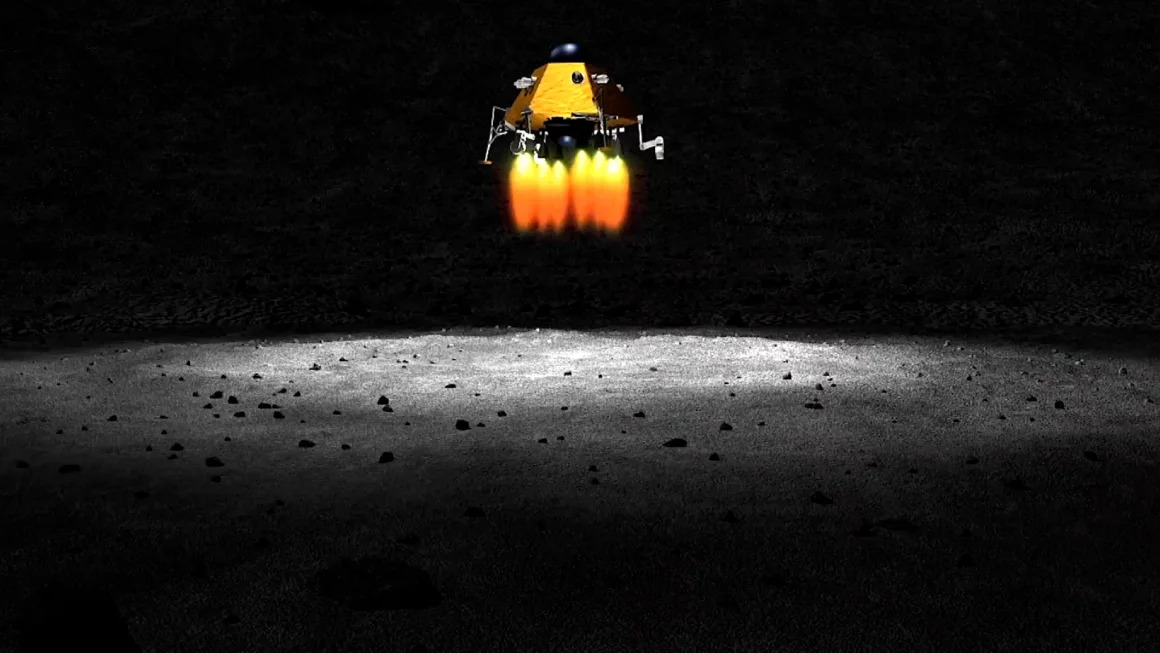
Flying robots are expected to be deployed on a mission to the Moon in 2026. Illustration photo: CCTV
The deployment of the flying robot is part of the Chang'e-7 mission aimed at advancing China's space program and bringing the country closer to its goal of sending astronauts to the moon by 2030, according to state media.
While finding water on the Moon is nothing new, searching for ice plays a key role in China's long-term exploration plans.
In recent years, the China National Space Administration has conducted several robotic lunar exploration missions, including returning samples from the far side of the Moon to Earth.
Last year, Chinese scientists detected water in soil samples collected by the Chang'e-5 probe, while NASA and Indian spacecraft have also recorded traces of water on the lunar surface.
However, scientists believe that only water ice, preserved in craters on the far side of the Moon, could support life for astronauts on future missions.
Ngoc Anh (according to CNN, CCTV)
Source: https://www.congluan.vn/trung-quoc-se-trien-khai-robot-bay-de-tim-nuoc-tren-mat-trang-post332972.html




![[Photo] Prime Minister Pham Minh Chinh receives Mr. Jefferey Perlman, CEO of Warburg Pincus Group (USA)](https://vstatic.vietnam.vn/vietnam/resource/IMAGE/2025/4/18/c37781eeb50342f09d8fe6841db2426c)

![[UPDATE] April 30th parade rehearsal on Le Duan street in front of Independence Palace](https://vstatic.vietnam.vn/vietnam/resource/IMAGE/2025/4/18/8f2604c6bc5648d4b918bd6867d08396)
























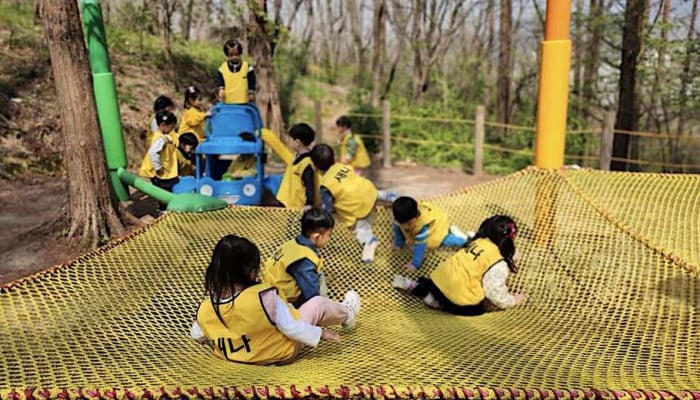


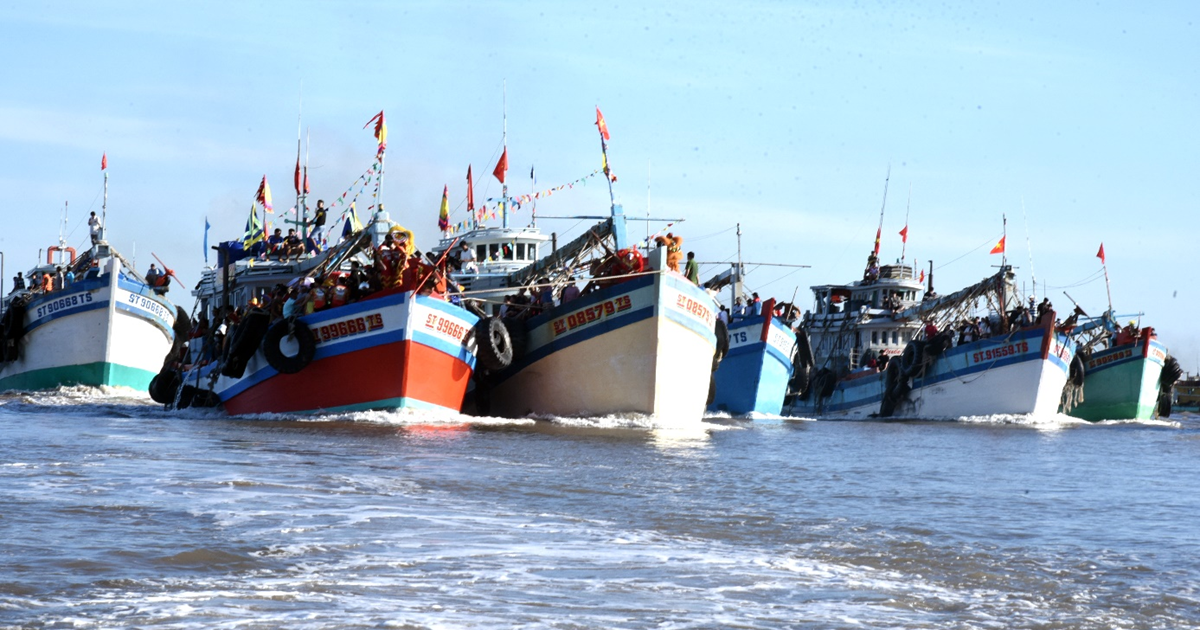
























































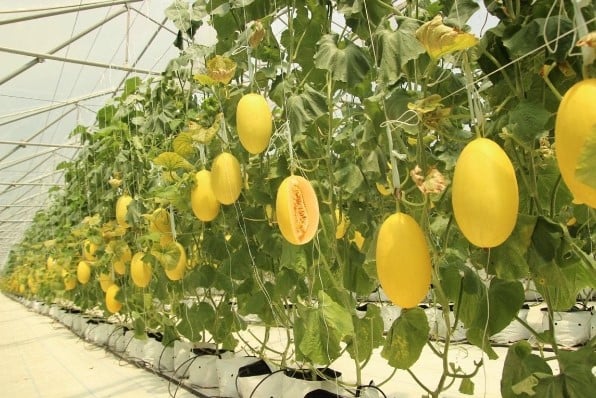
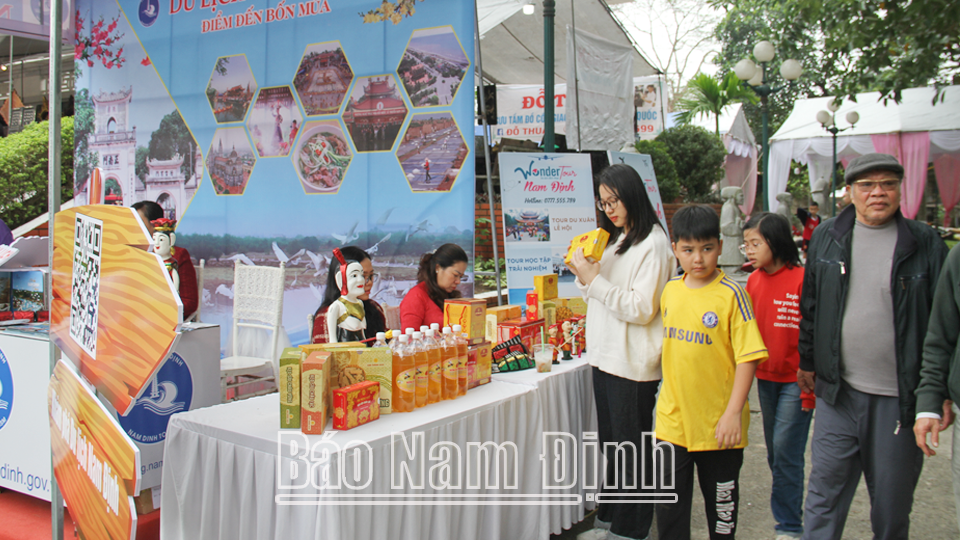




Comment (0)